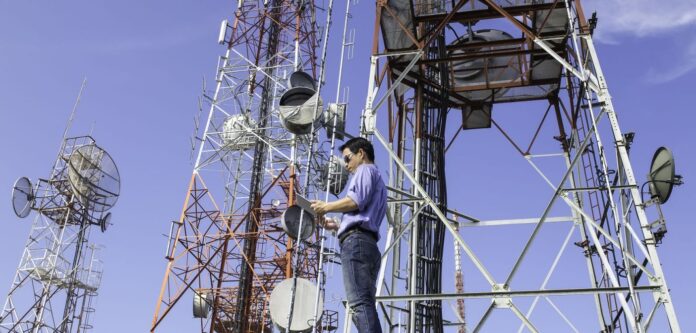As CPRI and OBSAI gain traction, stay competitive while cutting costs
To keep up with data-hungry customers, carriers are working to add capacity and flexibility to their networks. This trend has resulted in a movement to centralized Radio Access Network, which separates the radio into a baseband unit and a remote radio head.
The two radio elements are connected by a fiber interface like CPRI (Common Public Radio Interface) or Open Base Station Architecture Initiative (OBSAI). In addition to providing benefits to the service provider, this modern configuration creates the opportunity to simplify test and measurement tasks, while simultaneously saving money by reducing truck rolls and tower climbs.
Increasing adoption of C-RAN architectures and CPRI/OBSAI protocols is also impacting the small cell and distributed antenna system (DAS) spaces. A direct connection between a DAS head end over CPRI and not via RF feed, to a base station makes for a simpler, cheaper and better deployment.
Eduardo Inzunza, product manager for Viavi’s CellAdvisor, explained this dynamic in a recent interview with RCR Wireless News.
“The growing use of modern macro cells, small cells, DAS and C-RAN architecture is driving deployments of fiber-based remote radio units to achieve low latency and high bandwidth,” he said. “These environments widely use CPRI and OBSAI protocols. Access to fiber at the baseband unit creates the opportunity for technicians to safely and accurately test interference from the base of the cell site—without climbing a tower.”
Viavi’s CellAdvisor Base Station Analyzer products include RFoCPRI and RFoOBSAI technologies to support the valuable process of one site visit and one piece of test equipment. The CellAdvisor tools feature spectrum analysis up to 8 GHz and support all wireless technologies from 2G to 4G, along with LTE-A carrier aggregation, MIMO 4×4, PIM detection, MBMS analysis, and interference analysis and Layer-2 term and monitoring for CPRI fronthaul.
When coupled with Viavi Solution’s StratSync cloud platform, CellAdvisor adds the benefit of remote inventory tracking, configuration and test data management, along with OTA upgrades and security features.
“With the fast increase in fiber-based remote radio deployments,” Inzunza said, ““service providers and their contractors struggle with rising costs related to commissioning, insurance and maintenance, as well as safety concerns due to tower climbs. CellAdvisor with RFoFiber technology effectively reduces maintenance costs and risk to the technician, providing increased efficiency and productivity by virtually eliminating tower climbs to safety and quickly manage mobile services.”
Click here to learn more about Viavi’s RFoCPRI solutions.

